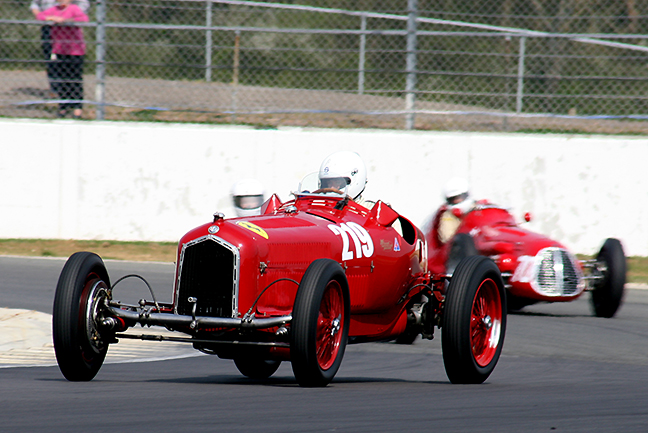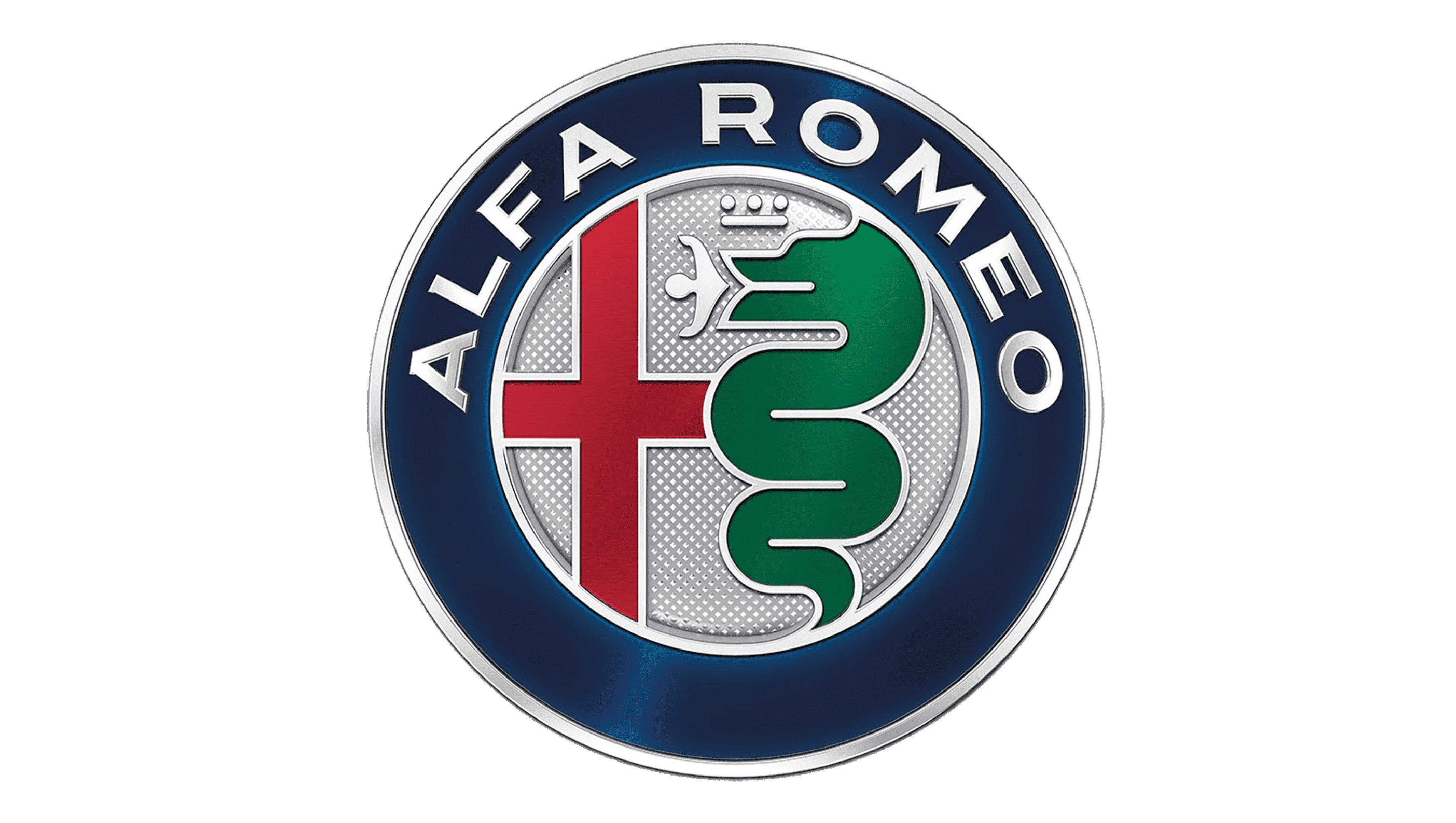1934 Alfa Romeo P3

The descriptions of the Classic Cars in the Directory were partly generated or supplemented with the help of artificial intelligence (AI). The content may occasionally not always be entirely accurate or factually correct despite careful checking.
The Alfa Romeo P3 1934 is a classic race car that was manufactured by the Italian car maker Alfa Romeo from 1932 to 1935. It was designed by legendary racing car engineer Vittorio Jano, who was also responsible for the creation of the Alfa Romeo P2.
The P3 1934 is powered by a supercharged 2.85-liter inline-eight engine, which produces around 200 horsepower at 5,500 rpm. This engine is coupled with a four-speed manual gearbox, which sends power to the rear wheels. The car has a dry weight of just 1,500 pounds, which makes it extremely nimble and agile.
The chassis of the P3 1934 is made entirely out of lightweight aluminum alloy, which provides great strength and rigidity whilst keeping the weight down. The suspension system features independent front suspension with a double wishbone, while the rear suspension is a live axle with semi-elliptic leaf springs.
The P3 1934 boasts a top speed of around 150 mph, and can accelerate from 0 to 60 mph in just over 6 seconds. The car's excellent power-to-weight ratio and exceptional handling make it a joy to drive on the track.
The exterior design of the P3 1934 is characterized by its long, slender nose and curved rear end, which helps with aerodynamics. The bodywork is made of lightweight aluminum, which is beautifully crafted and finished to a high standard.
The cockpit of the P3 1934 is stripped down to the bare essentials, with just enough instrumentation for the driver to monitor the important systems. The driver sits in a snug, bucket-style racing seat, with a small steering wheel and a four-speed shifter within easy reach.
Overall, the Alfa Romeo P3 1934 is an exceptional race car that boasts refinement, speed, and agility. Its timeless design and advanced engineering make it a true masterpiece of automotive history, that still captures the hearts of racing enthusiasts today.
Milestones
- 1932: Alfa Romeo began developing a successor to its P2 race car, which won two World Championships in 1925 and 1927. - 1933: The new car, dubbed the P3, was unveiled at the Monza Grand Prix in September. It featured a supercharged 2905 cc straight 8 engine that produced 225 horsepower and could reach speeds of over 200 km/h (124 mph). - 1934: The P3 made its competitive debut at the Monaco Grand Prix, where it finished second and third behind the dominant Mercedes-Benz W25. However, Alfa Romeo soon proved its superiority: it won five of the seven remaining races that season, including the Italian Grand Prix. - 1935: Alfa Romeo continued its success with the P3, winning six Grand Prix races to take the World Championship for the second year in a row. - 1936: The P3 was updated with a new twin-supercharged engine that increased its output to 290 horsepower. However, Alfa Romeo struggled to keep up with the might of Mercedes-Benz and Auto Union, winning just one Grand Prix that year. - 1937: Alfa Romeo withdrew from Grand Prix racing due to financial difficulties, ending the P3's competitive career. Despite this, the P3 would continue to be revered as one of the greatest racing cars of its era, and its legacy would inspire Alfa Romeo's future racing ventures.Technical
- Engine: 2.9-liter V8 - Power output: 210 horsepower at 5,500 rpm - Transmission: 4-speed manual - Suspension: Front and rear independent suspension with leaf springs - Brakes: Hydraulic drum brakes - Top speed: 159 mph - Weight: 820 kg - Wheelbase: 2,700 mm - Dimensions: 3,900 mm (L) x 1,600 mm (W) x 1,290 mm (H) - Fuel consumption: 20 liters per 100 km - Production run: Only nine P3 models were built - Racing success: Two world championships in 1935 and 1938, and two Mille Miglia victories in 1933 and 1934.